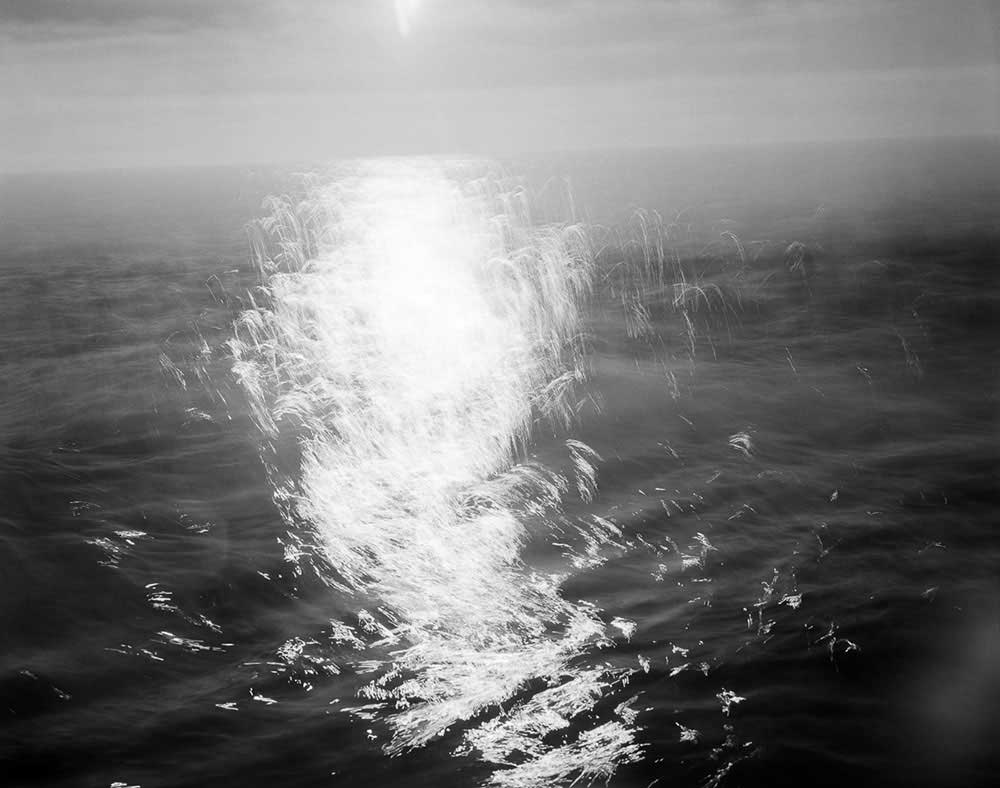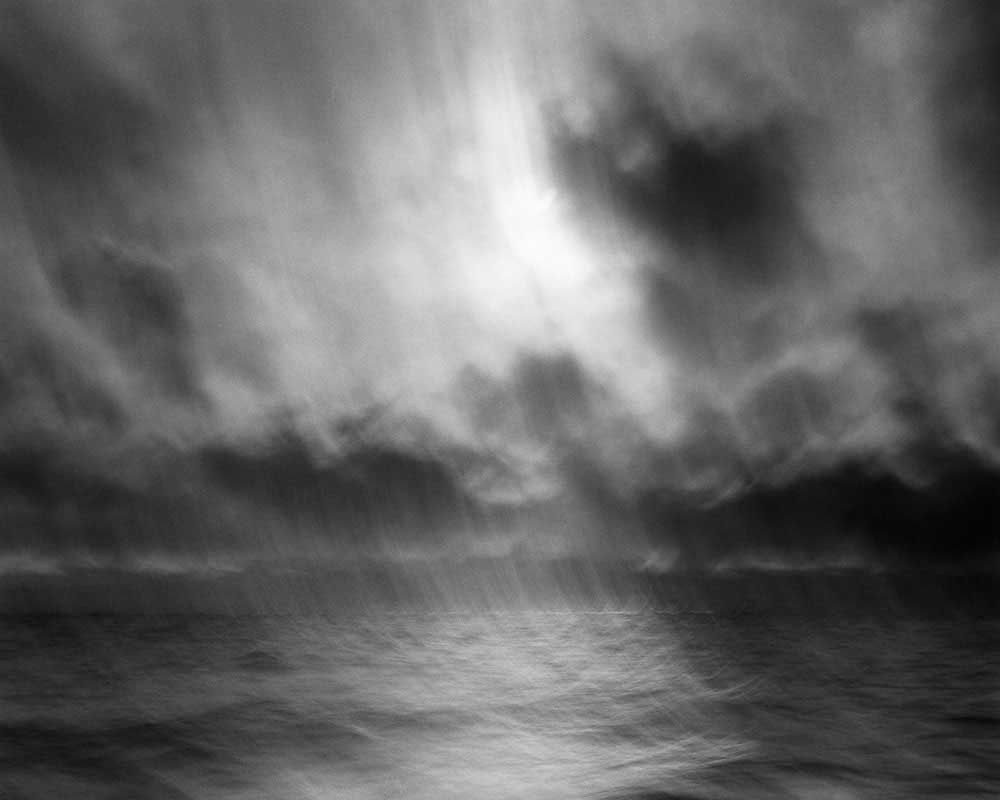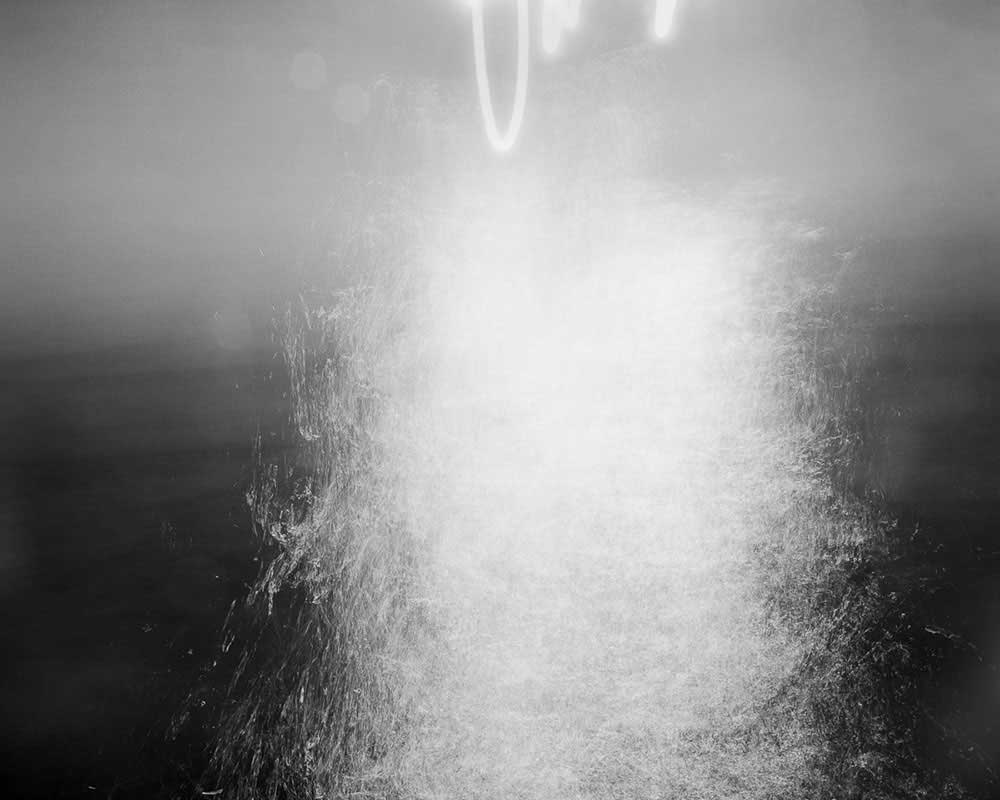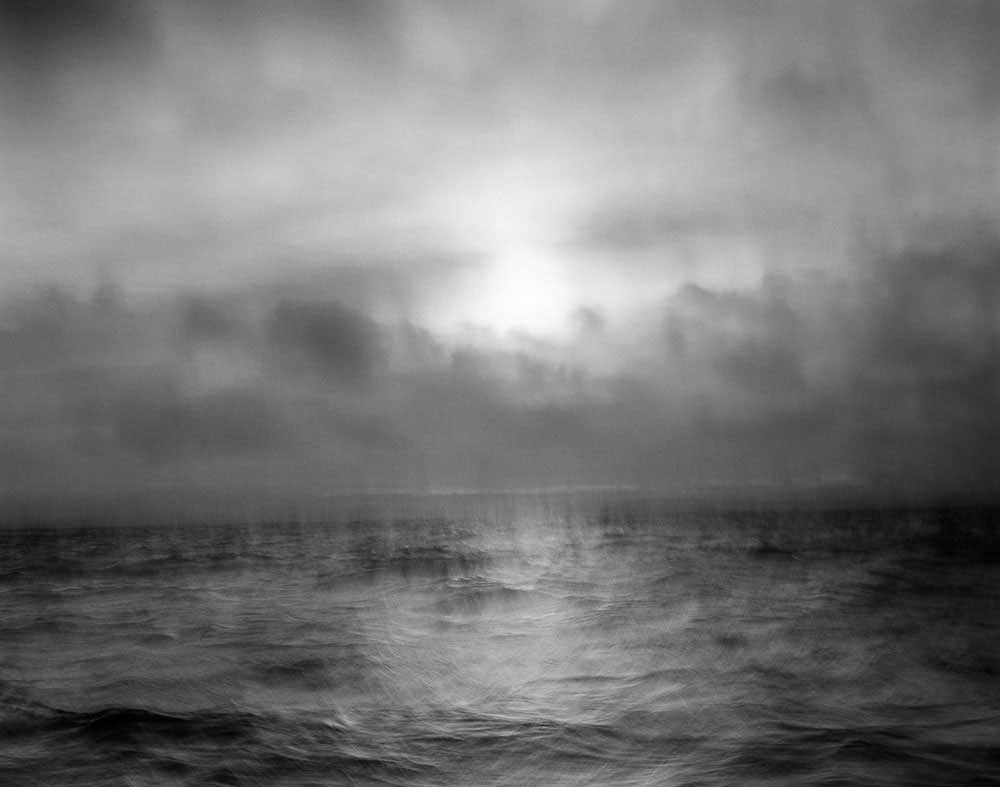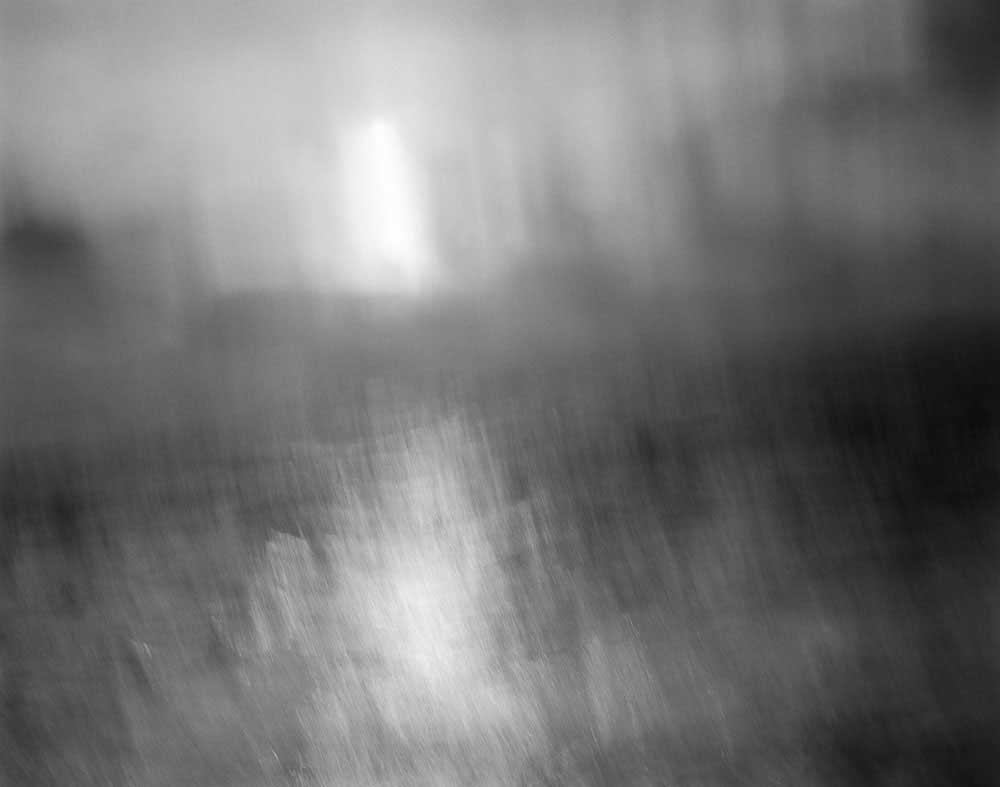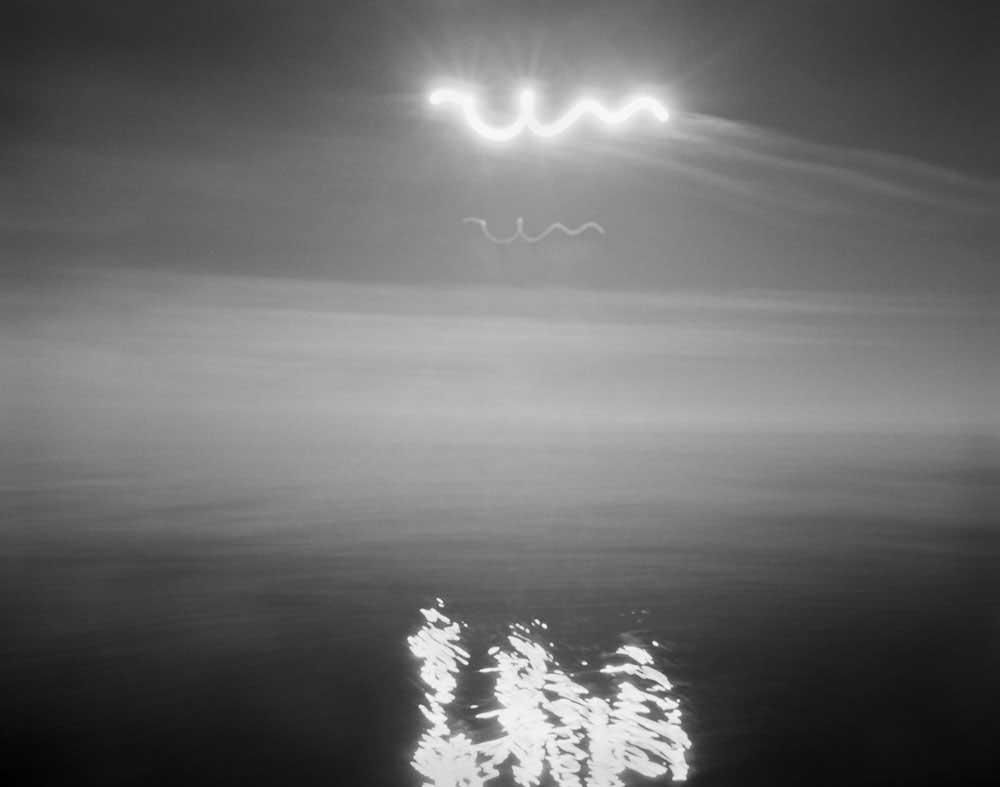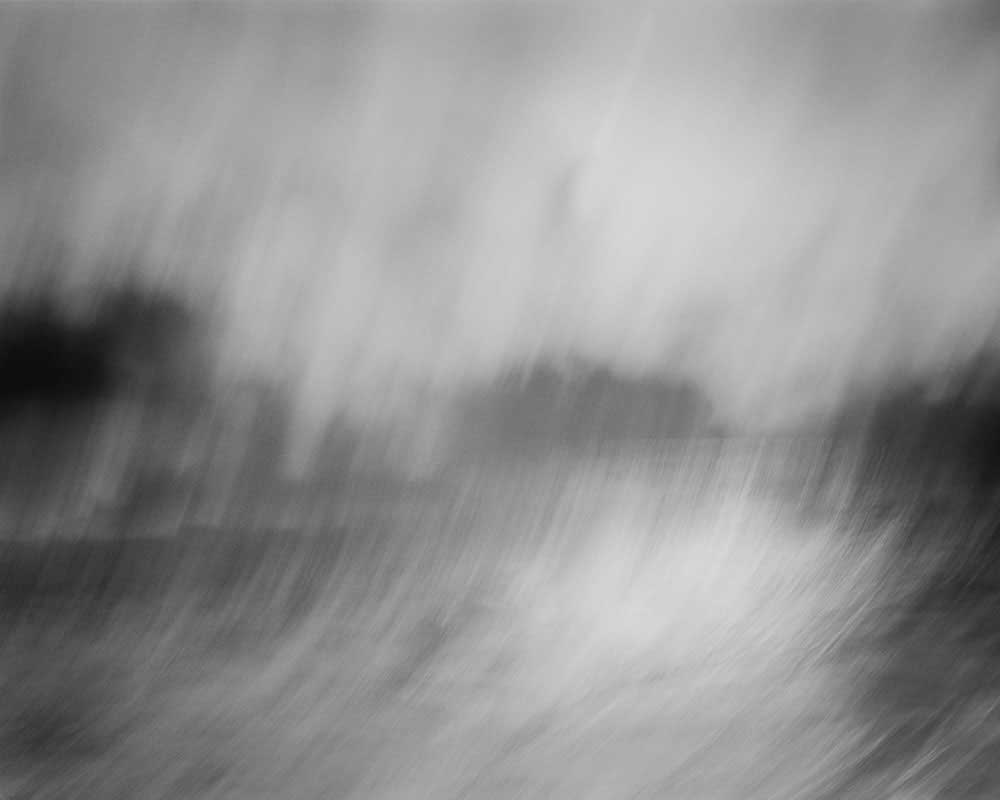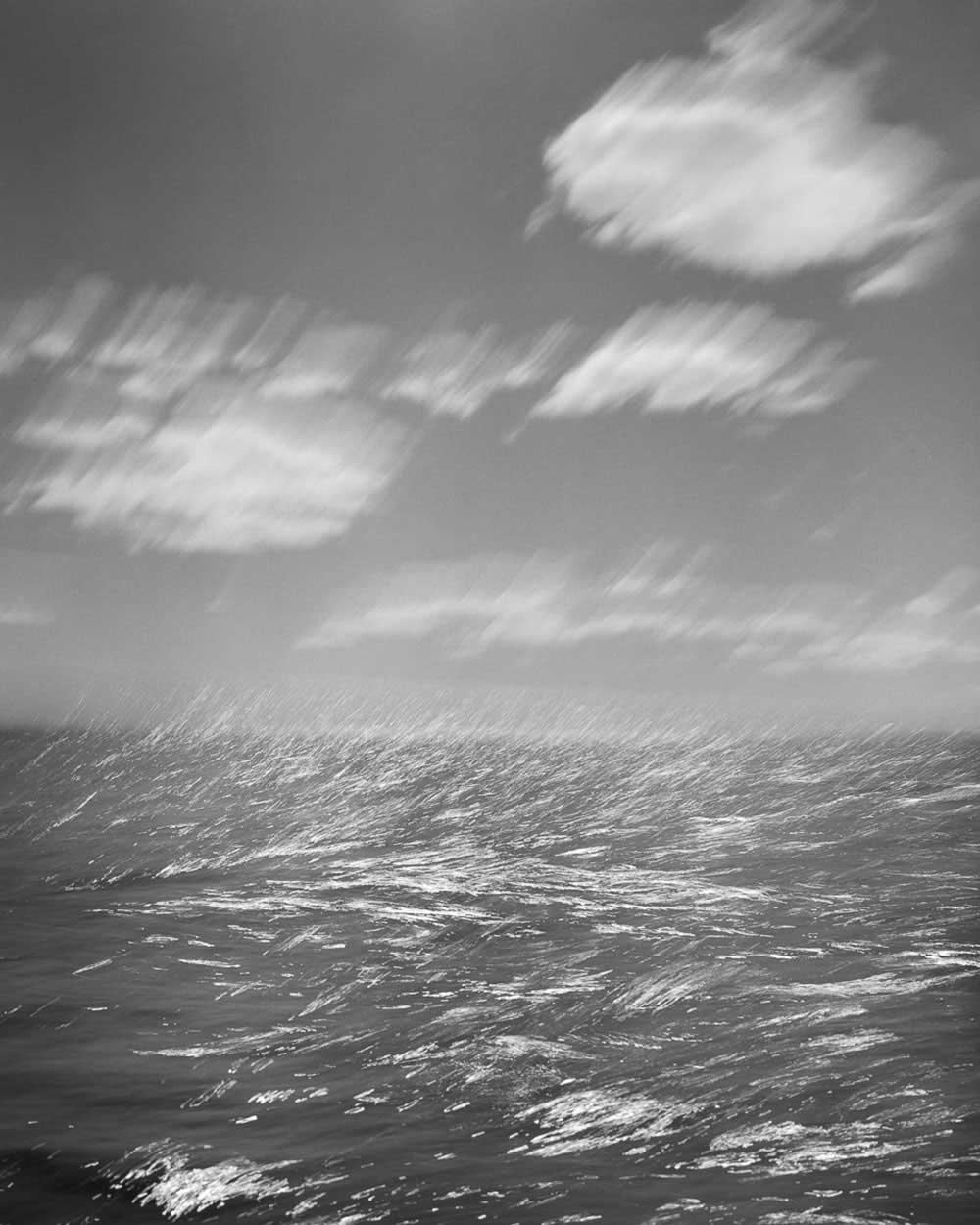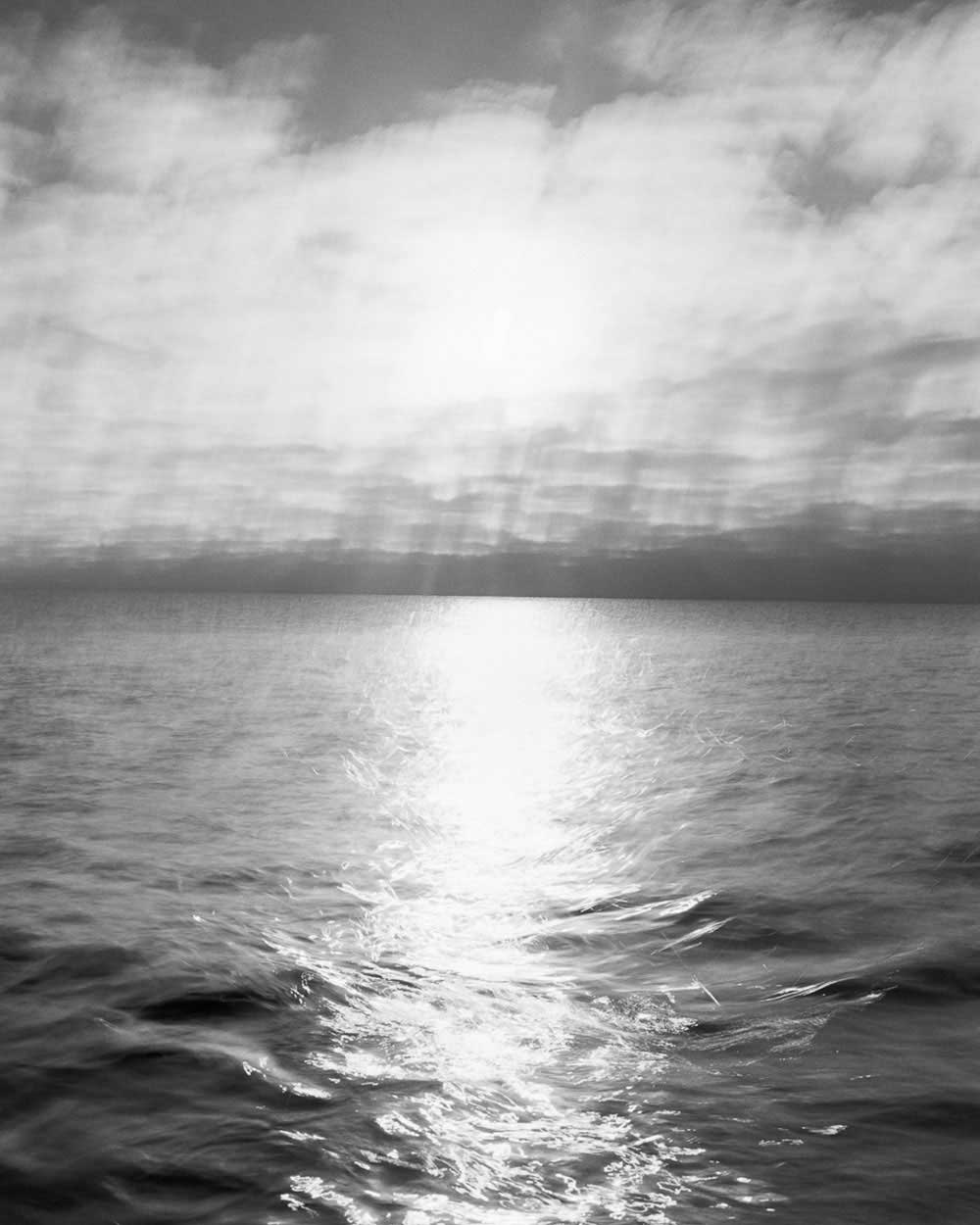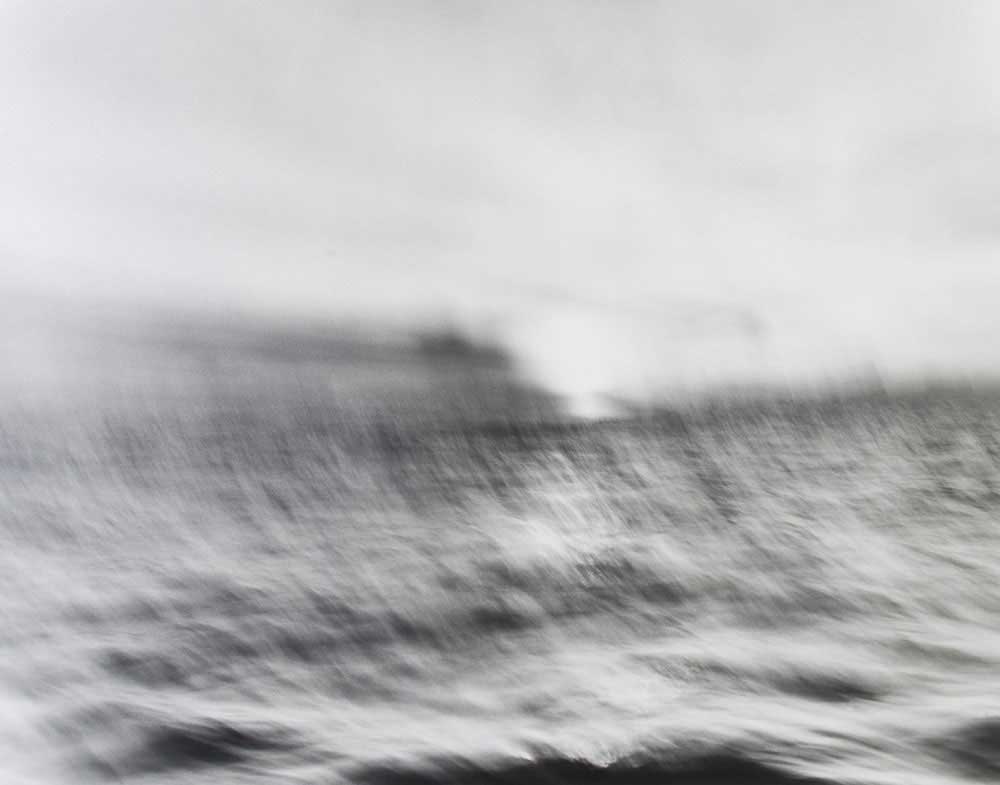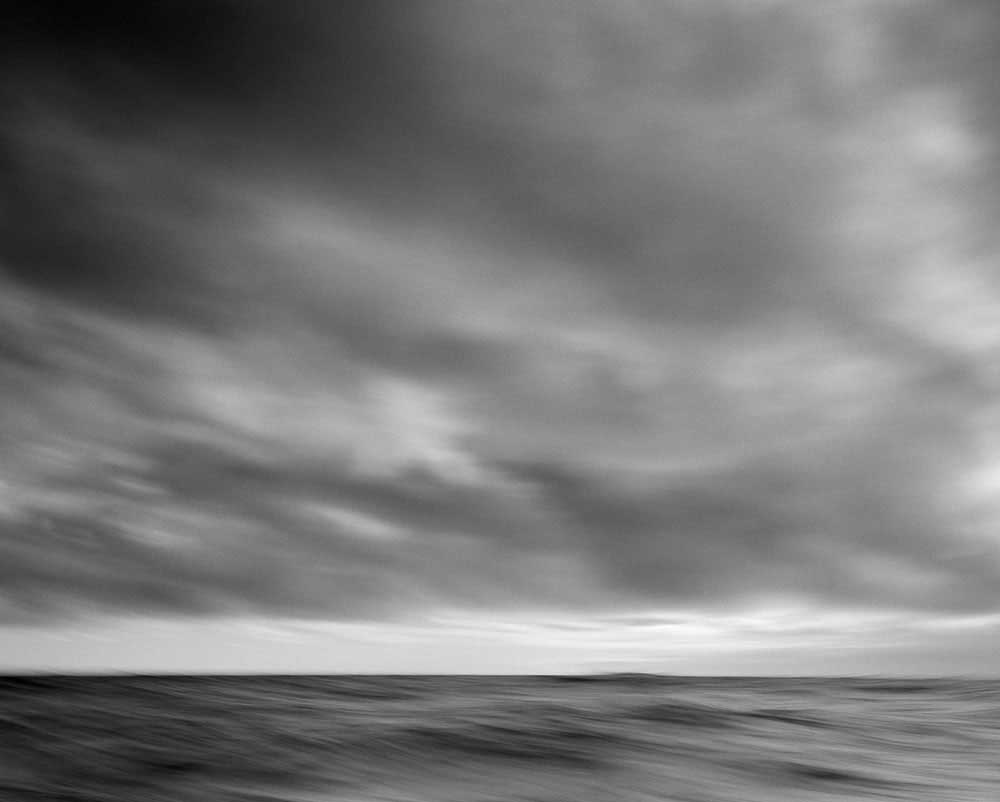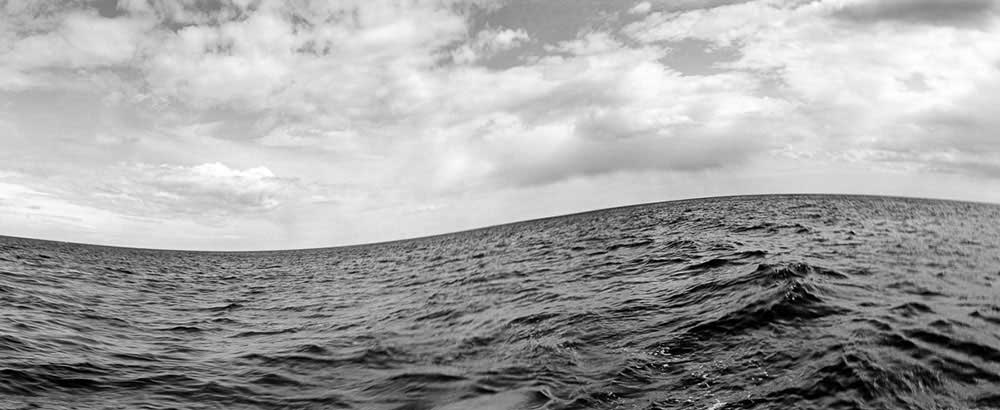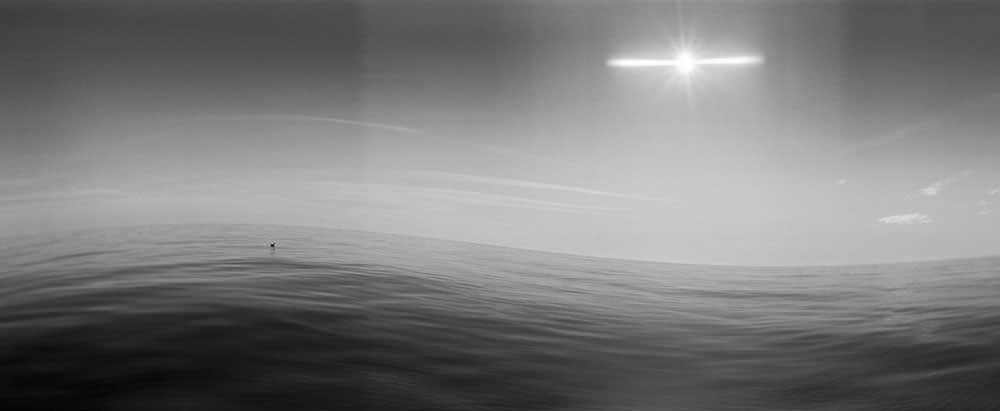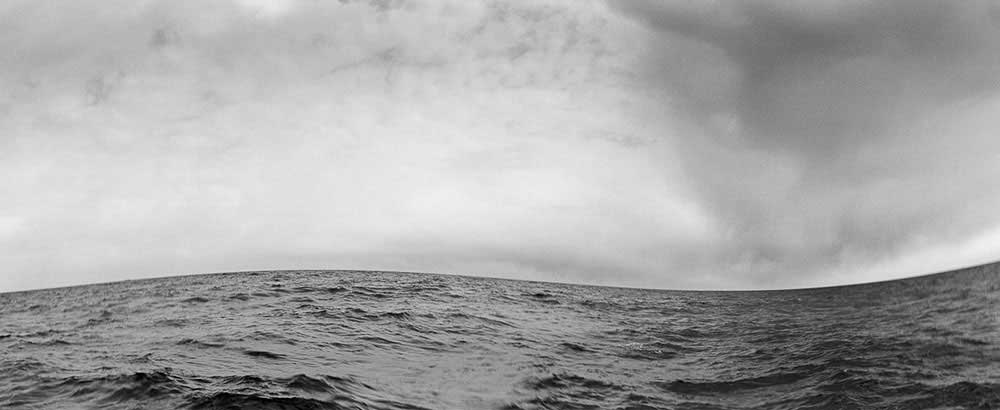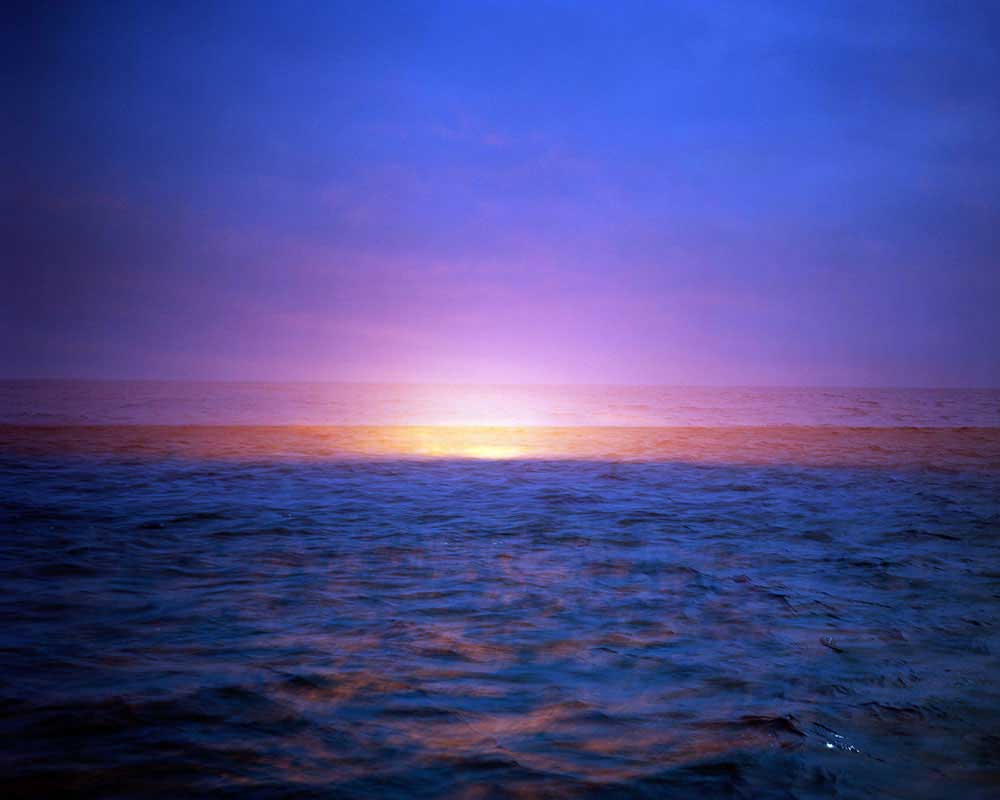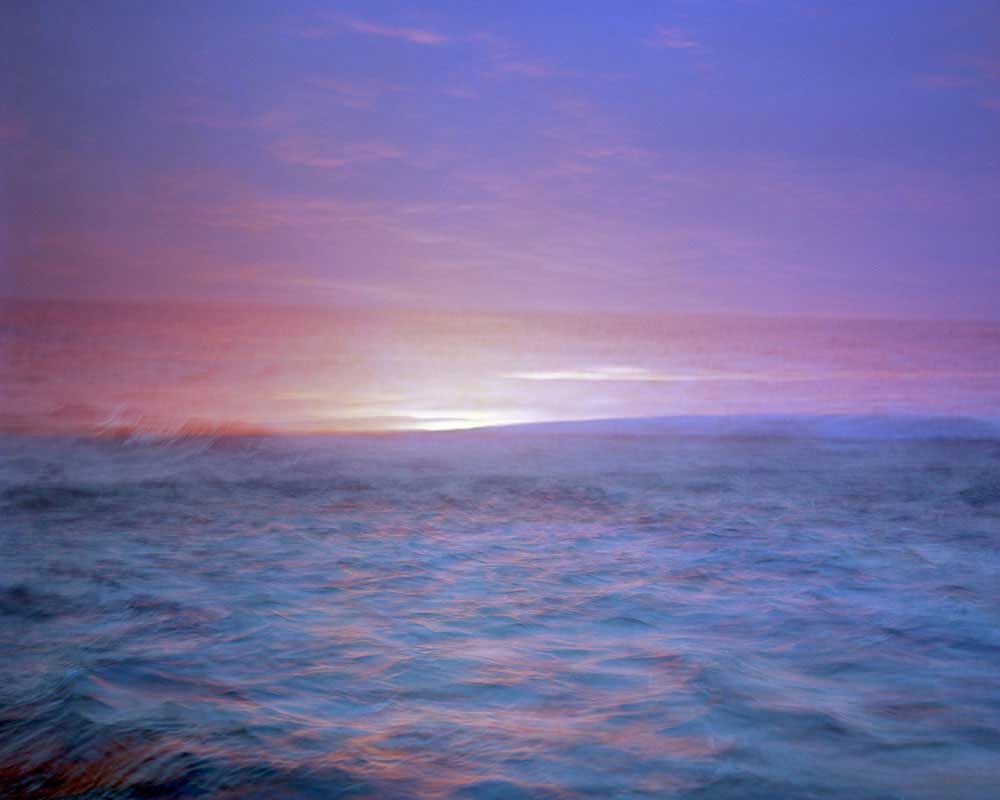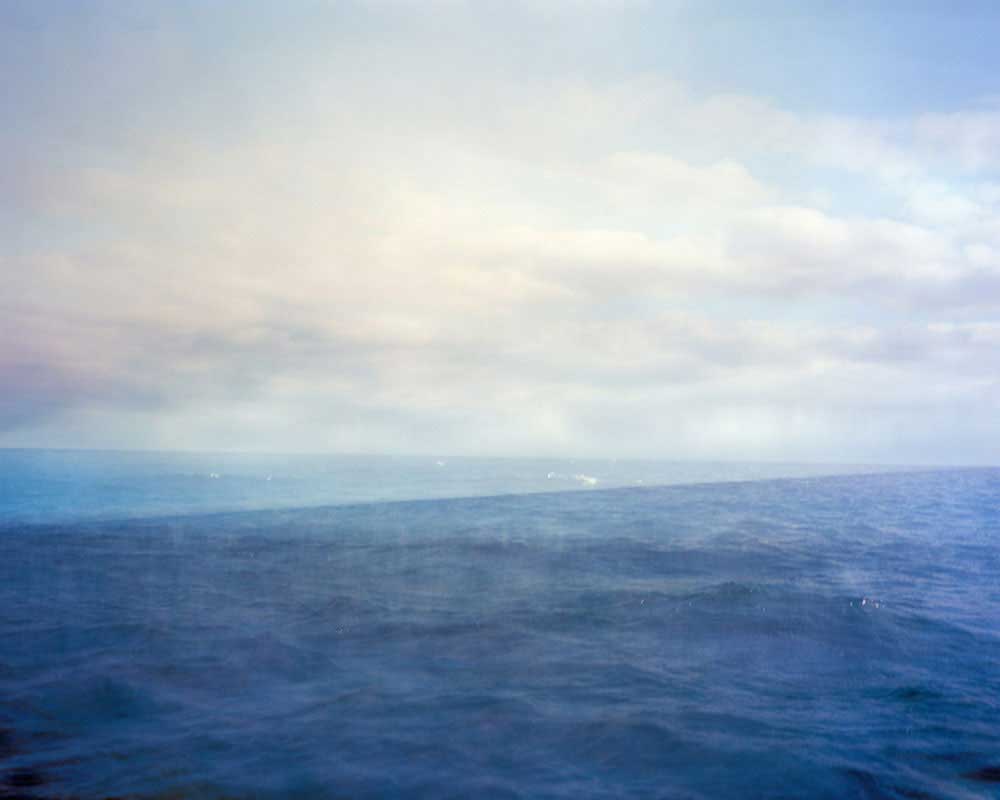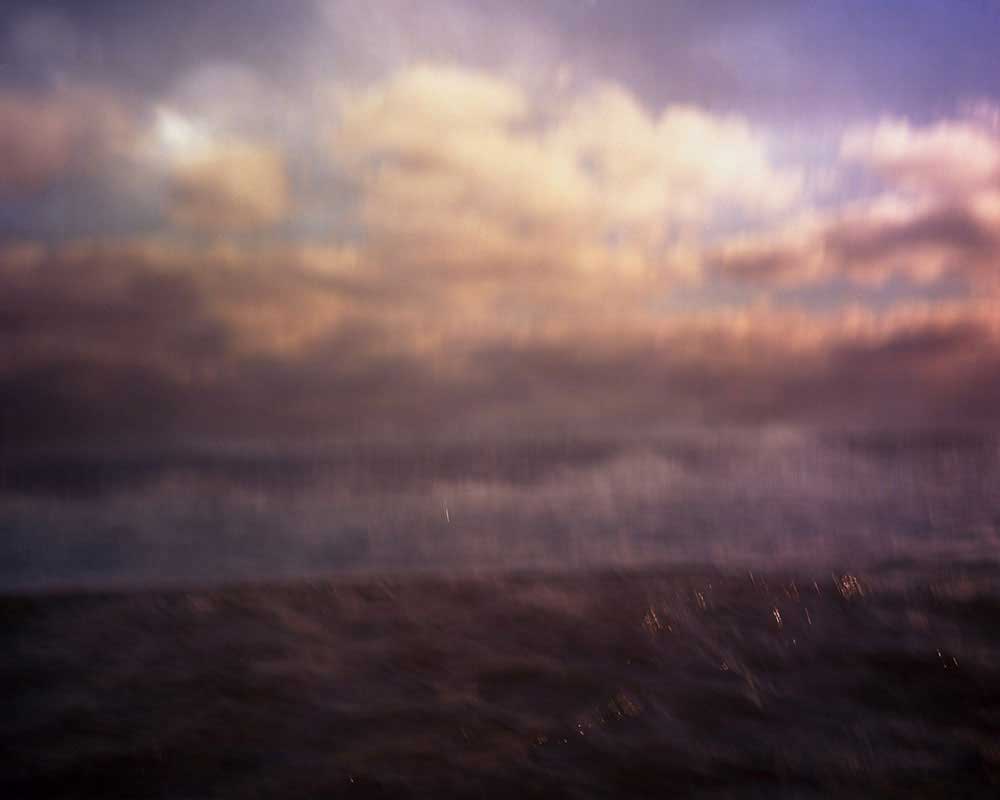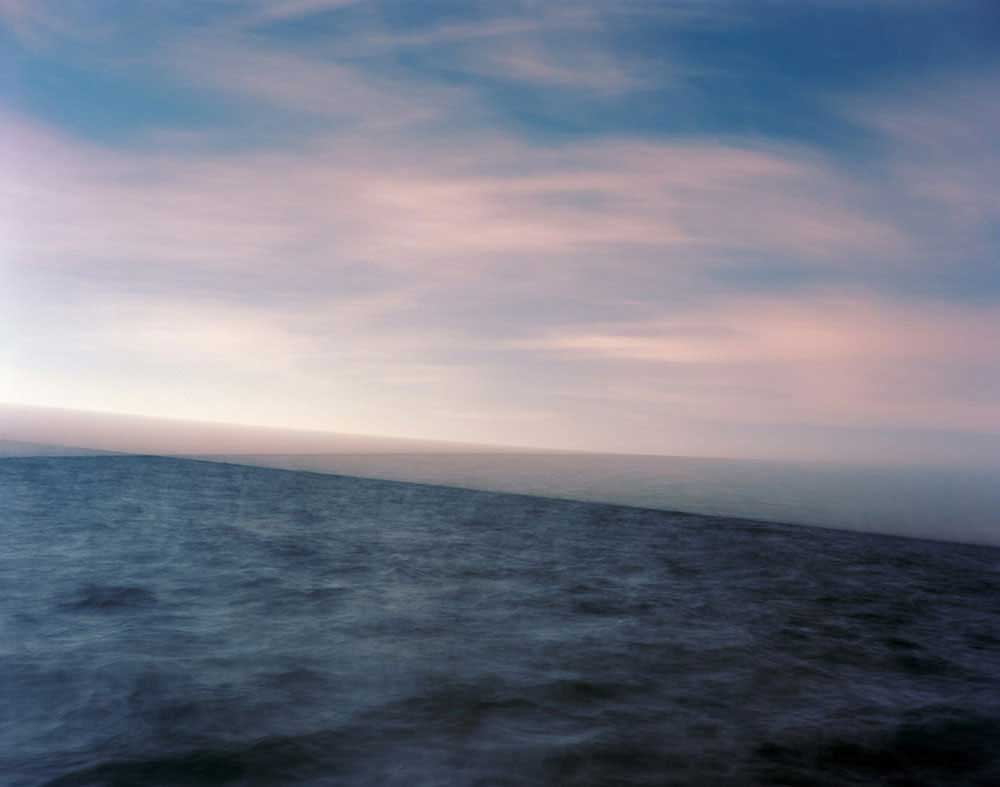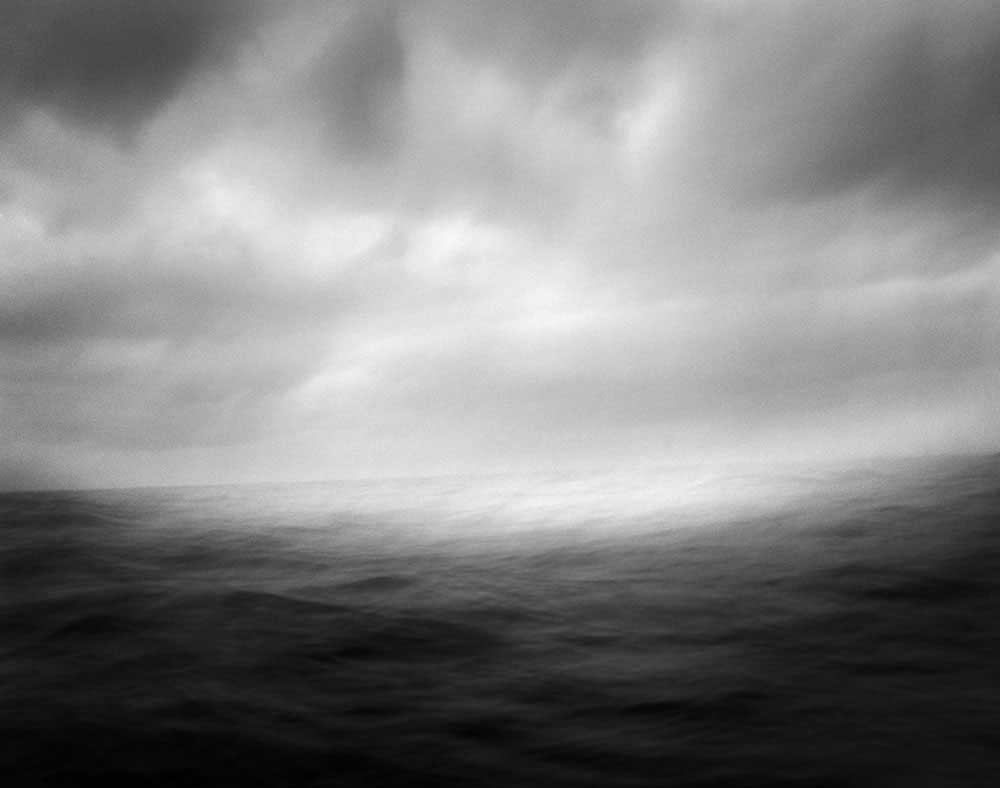My work explores the landscape and the natural forces that animate it. I am attempting to show something beyond the appearances; the experience of the observer in the landscape.
I try to capture the feeling of being present in the landscape, by making images that are, to an extent, a direct imprint of the environment in motion. This can be achieved only in a semi-controlled manner, where I give up some of the control over the influence on the final image.
The majority of my images are seascapes, and where taken in and around Lyngør, a car free island society holding about 60 inhabitants. This area has a very long seafaring history that stretches back for generations – I am the 12th generation in my family living here. I have a strong connection with this landscape. My father is a sail maker and my grandfather was a sailor – like many of my ancestors. Everyday life here is intricately bound with and supported by the sea. I used to row to school and I have circumnavigated the Atlantic Ocean. Lyngør and the nauticality provides a subject matter and a natural backdrop for my pictorial experiments.
The basic working procedure is to orchestrate a shot in such a way that the unpredictable processes operating in a landscape can be captured. Physical forces active in a given environment are harnessed to produce a dynamic portrait of the landscape. In “Horizontal Displacement” I make exposures of the horizon from a small boat. Displacement comes from Archimedes’ principle; that an object immersed in a fluid is buoyed up by a force equal to the weight of the fluid displaced by the object. The ‘buoyant‘ camera used as a tool to register movement, becomes part of the movement it is mapping. Semi fast exposures give us unsharp renderings in heavy sea and more well defined results in calmer weather. This is the culmination of an investigation started a few years back with the “Tresspassing” series. There, various objects were introduced, such as: floats, lights, kites and pieces of sail, etc. and their movement recorded during one long exposure. Their unhindered drift through the frame traced a semblance of the animated environment.
In “Horizontal Displacement” the camera is put in a partially controlled situation, and waiting to be hit by chance. There is here an echo of the famous legend of J.M.W. Turner tying himself to the mast of a ship in order to experience the storm. The situation here is maybe less dramatic, but the stakes are the same. To make images that are not simply snapshots of the transitory states of a landscape, but transcripts of the experience of being in a place and reacting to everything that surrounds you.
Unlike snapshots, I operate in an expanded temporal register. Through long exposures, multi- exposures, tricolor or rotating panorama shots, I work with intervals of time, which gives space to the forces in the landscape. As well as my participation and influence on the result is reduced. For example, a long exposure, combined with the boat moving heavily (less control) abstracts the image. An expression we usually combine with subjectivity, is created through an objective approach.
On the Hunt-Lenox globe of 1504, on the coast of southeast Asia, was written hic sunt dracones (Here be dragons). This meant that the area was dangerous or unexplored, and imitated medieval maps that had drawings of dragons and sea monsters in undiscovered areas. I am trying to unveil unexplored landscapes within the landscape. They are not images of the landscape, but rather traces of its movement. The resulting images are evocative materializations of the physical processes at work. The entire procedure enables nature to yield a figure of movement. Invisible force is captured into a visible sign. [Official Website]



